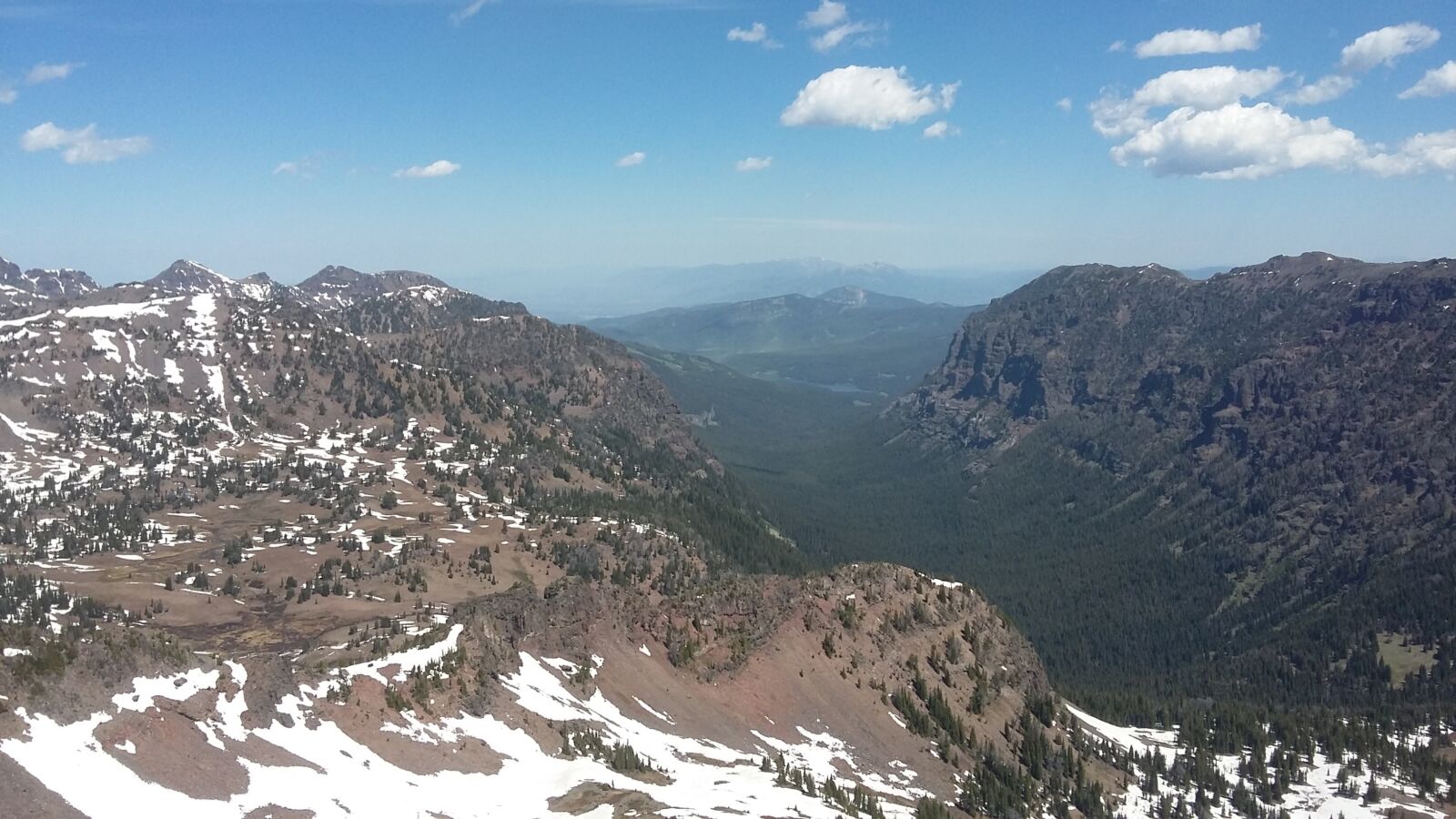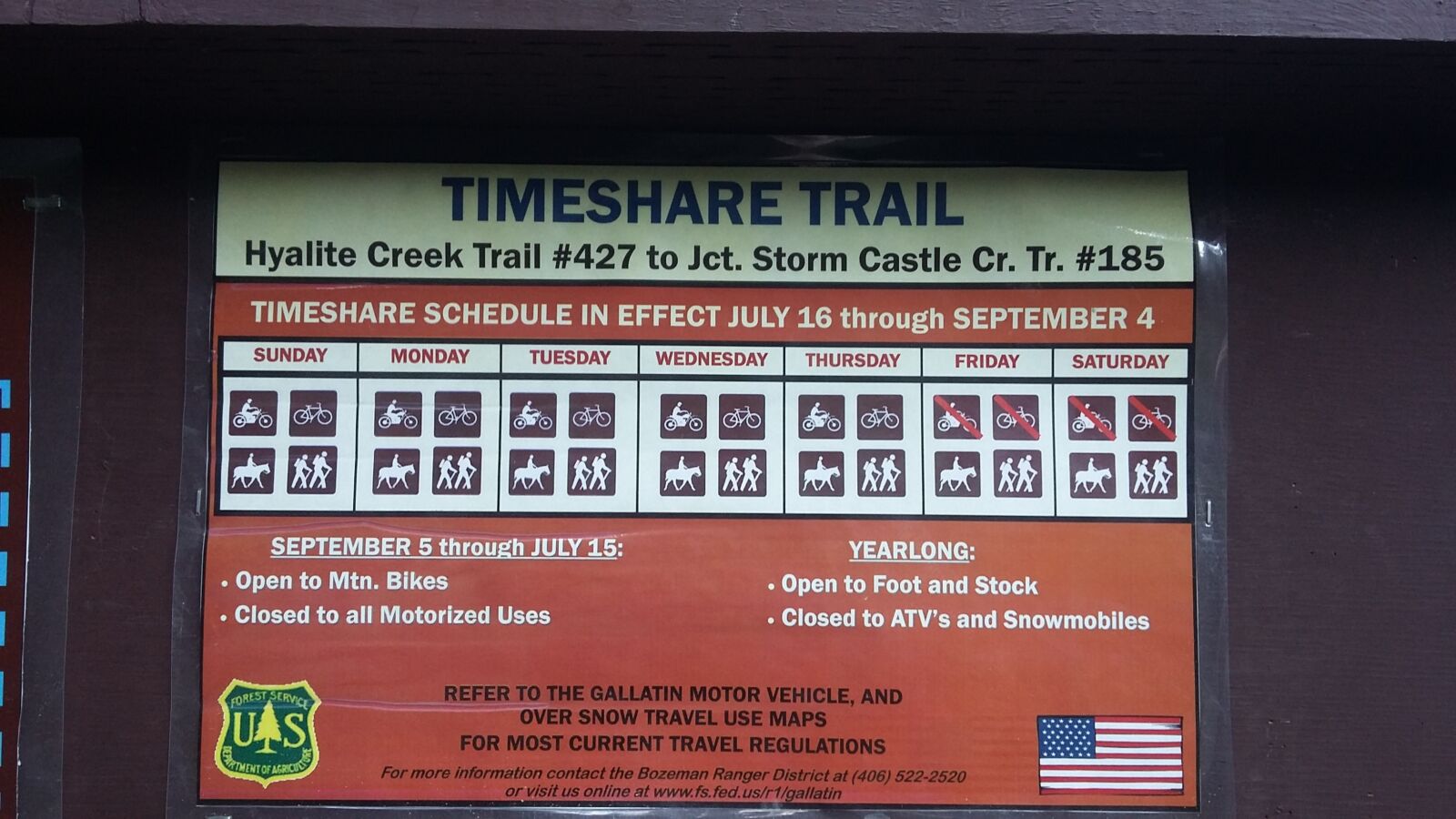Just fifteen miles south of Bozeman, Montana, Hyalite Canyon is the city’s backyard. The landscape, with striking 10,000-foot peaks and cascading falls, presents year-round recreational opportunities. Visitors enjoy world-class climbing, boating, camping, skiing, picnicking, scenic viewing, and hundreds of miles of exceptional trail-based experiences for all ages and capabilities. Trails lead to numerous lakes, as well as Forest Service cabins available year-round for rent. Handicapped-accessible trail systems and fishing piers accommodate the needs of people with disabilities, families, and senior citizens. Hyalite Canyon is among the country’s top ice climbing destinations, home to the largest concentration of natural routes in the lower 48 states.
Of course, a place this amazing isn’t a secret - the Hyalite area encompasses the most heavily used National Forest drainage in the Northern Region of the U.S. Forest Service. And with the number of visitors growing each year, the Custer Gallatin National Forest has had to be creative when it comes to sustainable recreation.

I was greeted by one excellent example of this creativity at the trailhead to Hyalite Trail. Here, hikers, bikers, stock users, skiers, motorcyclists, and others entering the trail system pass a sign explaining the area’s “Timeshare Trails” system. The timeshare system establishes the when, where, and how these trails will be shared between users in space and time. Essentially, mountain bikers and motorcyclists can use the trails on weekdays, but on busy weekends, the trail is limited to stock users and hikers.
A collaborative work group initially developed the timeshare system. Comprised of hikers, stock users, mountain bikers, motorcyclists, and landowners, the work group wanted to develop an easy to understand, implementable and enforceable system for this popular place. As they developed this new system, the work group focused on three main points:
- addressing social problems (user conflict),
- providing more non-motorized opportunities near Bozeman, and
- providing opportunities for foot and horse travel in absence of mechanized vehicles on trails of concern.

The innovative system seems to be working. As a weekend hiker, I had an amazing, peaceful experience hiking to Hyalite Peak before traversing to Divide Peak. If this were a weekday, I would have expected mountain bikers and others on the trails as well, and would have been happy to share the amazing scenery with fellow trail users.
The Custer Gallatin National Forest’s timeshare trails system is not only an excellent example of creative collaboration, but also an effective way to allow for unparalleled recreation on our National Forests.

